Citizen science is a method of science that involves members of the public in monitoring and scientific research. These projects can range from small and local to regional or even global scales. Our citizen science programs are designed to track biodiversity, water quality, and land cover as indicators of ecological stability and health of the watershed.
The Battle River Watershed Alliance currently has five active citizen science projects that are looking for volunteers: 1) biodiversity monitoring with iNaturalist, 2) bird monitoring with eBird, 3) invasive mussel monitoring, 4) lake observation program, and 5) river observation program. Learn more about each of these projects below.
The annual bird count celebrates 125 year in Canada. Birds Canada oversees the Christmas Bird Count program nationally, in partnership with National Audubon Society. Whether you have been part of the count for many years or wish to start this year, we encourage you to contribute to the count!
Find a Christmas Bird Count Circle in your Region
Keep an eye out for more events and download the citizen science apps iNaturalist and eBird to start monitoring local biodiversity today.
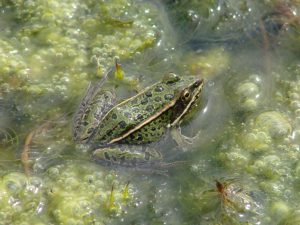
iNaturalist is an app that makes biodiversity science easy! The observations that you make in iNaturalist will be compiled by science repositories and used to monitor biodiversity trends worldwide that can be used to redirect conservation efforts and create real change. The app is easy and intuitive to use while outdoors in the field or while hiking and paddling. Sign up on the free iNaturalist app or on the iNaturalist webpage to start observing and become a member of the BRWA’s Battle River Observations project!
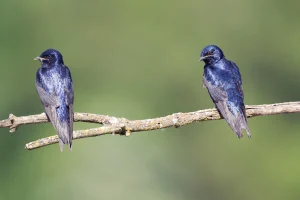
Contribute to data collection while you birdwatch. Monitor bird species across the Battle River and Sounding Creek watersheds with our eBird hotspots, which are popular areas where individuals are contributing bird population data. Help to collect population and species data in key locations in our watersheds, which is then compiled by Cornell Lab in order to monitor bird population changes around the world and enable conservationists to direct their efforts to the most vulnerable species. If you have a watershed hotspot in mind that is not listed below, we would love to hear about it!
Watershed Hotspots: Arm Lake | Battle Lake | Baxter Lakes | Bellshill Lake | Big Knife Provincial Park | Bittern Lake | Burma Park | Camrose Mirror Lake | Cipher Lake | Coal Lake | Dillberry Lake | Driedmeat Lake | Gooseberry Lake | Hansman Lake | J.J. Collett Natural Area | Killarney Lake | Lacombe Lake | Little Beaver Lake | Metiskow Lake | Miquelon Lake | Pigeon Lake | Pipestone Creek | Sounding Lake | Wainwright Dunes Ecological Reserve | Wavy Lake | West Reflex Lake | Wetaskiwin By-the-Lake Park
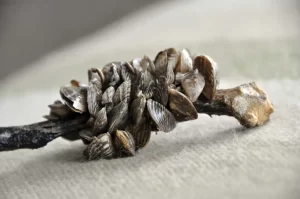 Invasive Mussel monitoring
Invasive Mussel monitoringThe BRWA’s invasive mussel monitoring program works with landowners around lakes in the Battle River and Sounding Creek watersheds to monitor for aquatic invasive species such as Quagga mussels and Zebra mussels. Monthly monitoring is done by tying a substrate (a PVC pipe filled with concrete) to the end of a dock, where mussels can latch on, grow, and be detected. If you’re someone with access to a lake and a dock or other shoreline structure, consider becoming a part of our invasive mussel monitoring citizen science team and help protect the aquatic ecosystems and infrastructure of our watersheds.
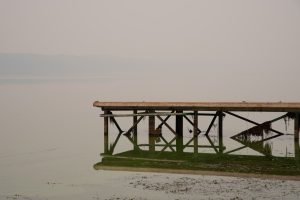
Inspired by the Pigeon Lake Watershed Association’s LakeObservers program, the lake observation program records monthly observations seen by community members working and living on the shorelines of lakes and ponds in the Battle River and Sounding Creek watersheds. These observations will be used to create a qualitative archive that can serve as a historical record of the changing state of lakes in the region. An open-access annual report of the data will be shared with volunteers and on the BRWA website.
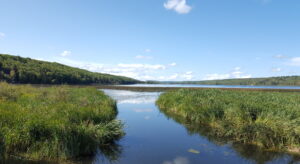
The river observation program is a water quality monitoring program that is run by citizen volunteers living along the banks of rivers and creeks in the Battle River and Sounding Creek watersheds. Every month our volunteers will go out and collect visual data of the state of the rivers/creeks and record their observations. These observations will be used to create an open-access archive that will serve as a historical record of the changing states of local rivers/creeks. It will be shared as an annual report to volunteers, along with being available on the BRWA website.
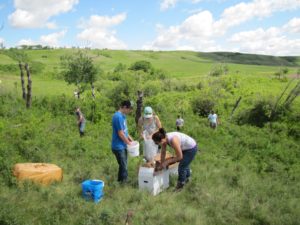
X-Stream Science is a citizen science program run by BRWA that uses benthic macroinvertebrates to teach students in grades 7-12 about water quality and riparian assessment.